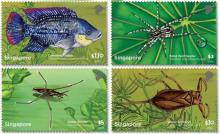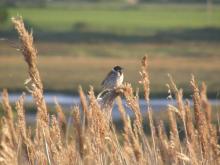Agrochemical companies are registering new compounds that promise to tackle the pests already resistant to today's insecticides. BASF's metaflumizone works on the nervous system of target insects, blocking sodium channels to gradually induce paralysis. Dow's spinetoram is derived from spinosyn, a natural product that has insecticidal activity. Where Bayer's first two tetronic acid-based insecticides, spirodiclofen and spiromesifen, coat the leaf surface, new family member spirotetramat is actually taken up by the plant. The compounds work by inhibiting lipid biosysnthesis, affecting reproduction in adults and especially juveniles.




